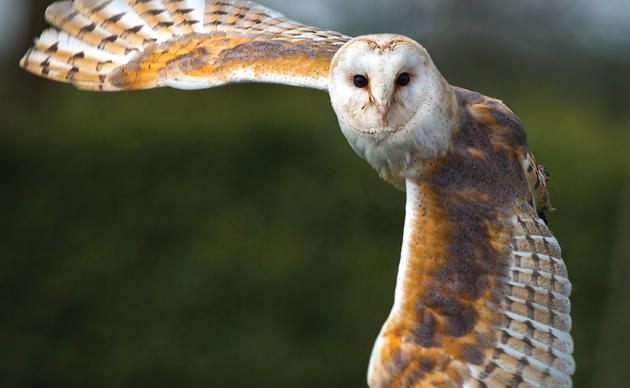The inlets of Lea-Hutaff Island, an Important Bird Area on the coast of North Carolina, provided a rest area for more than 500 Black Skimmers during their fall migration. Soon after the skimmers left for the Gulf of Mexico, large flocks of shorebirds swept in from the north, including one flock of Dunlin numbering over 1,000 birds that our biologists observed in late December. Audubon staff, with help from birding volunteers, surveyed the island as part of this year’s Christmas Bird Count and found a beautiful Glaucous Gull hanging out with a large group of terns. This northern species of gull is usually only found this far south in late winter.
The real big news right now is about nine Piping Plovers that our biologists have been keeping tabs on since fall migration. The birds are each identified by unique colored bands and a small orange flag that tells us they are all from the endangered population of Great Lakes Piping Plover; a population made up of only 54 pairs of birds. We have come to know some of these birds by their band arrangements and we know a few have returned to the same inlet for three years running. It’s interesting that some pipers come to one inlet and stay there for the entire winter. Birds have a keen sense of place, and for some birds, Lea-Hutaff is one of a kind.
This year students across the country are helping raise funds to support Audubon NC's conservation work at Lea-Hutaff through Pennies for the Planet. Visit the website to find out how you can get involved.
-- Andy Wood



